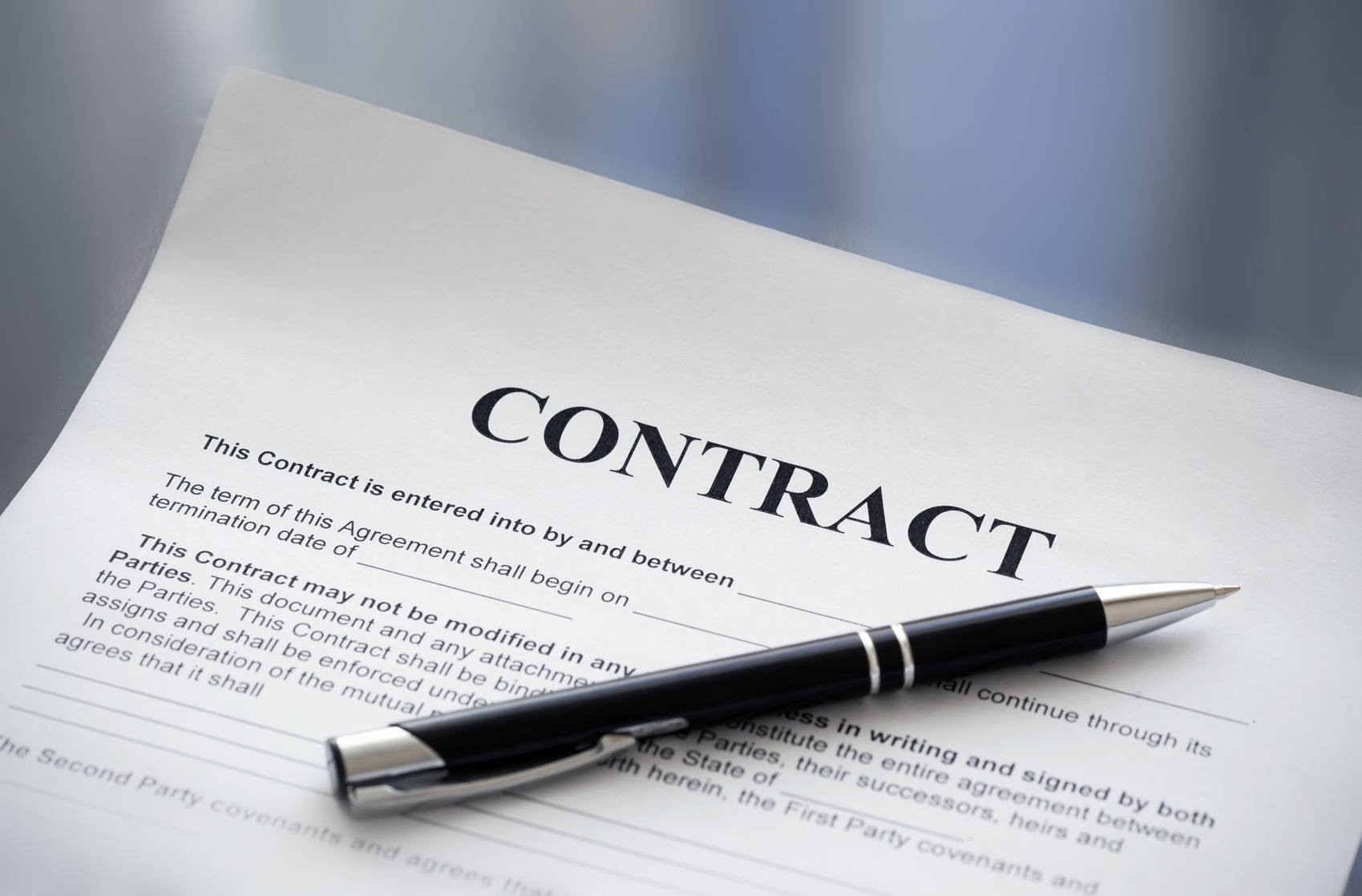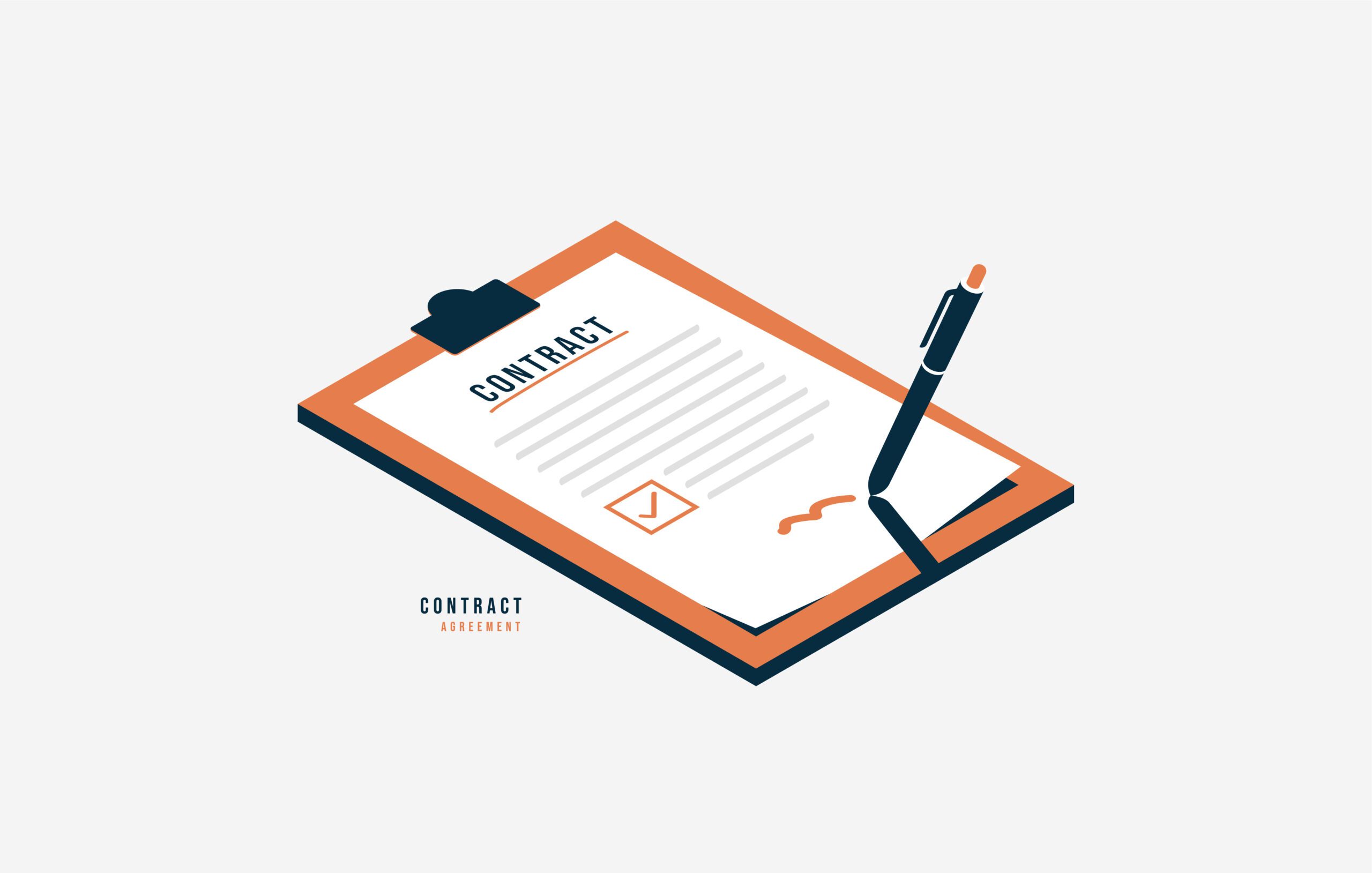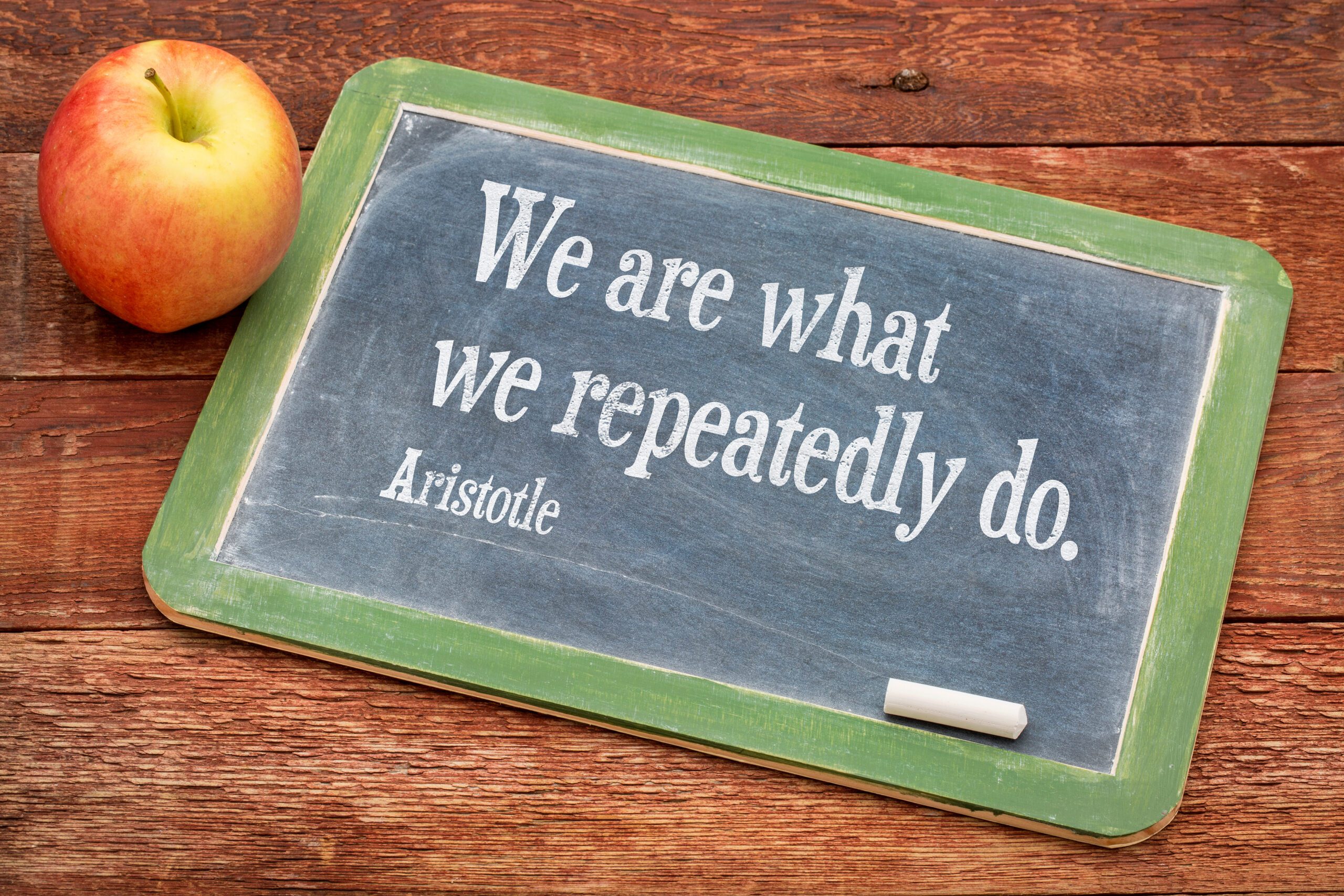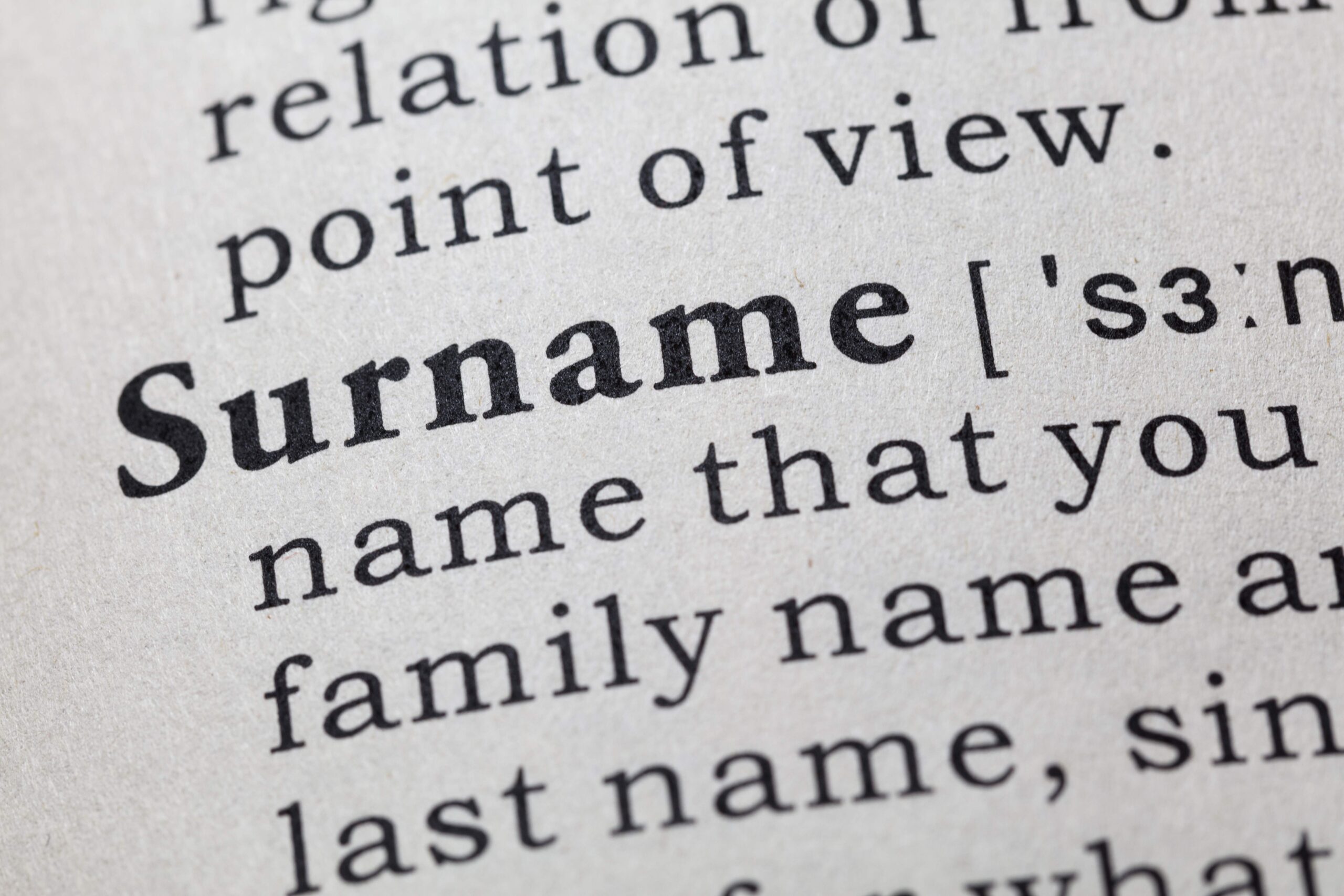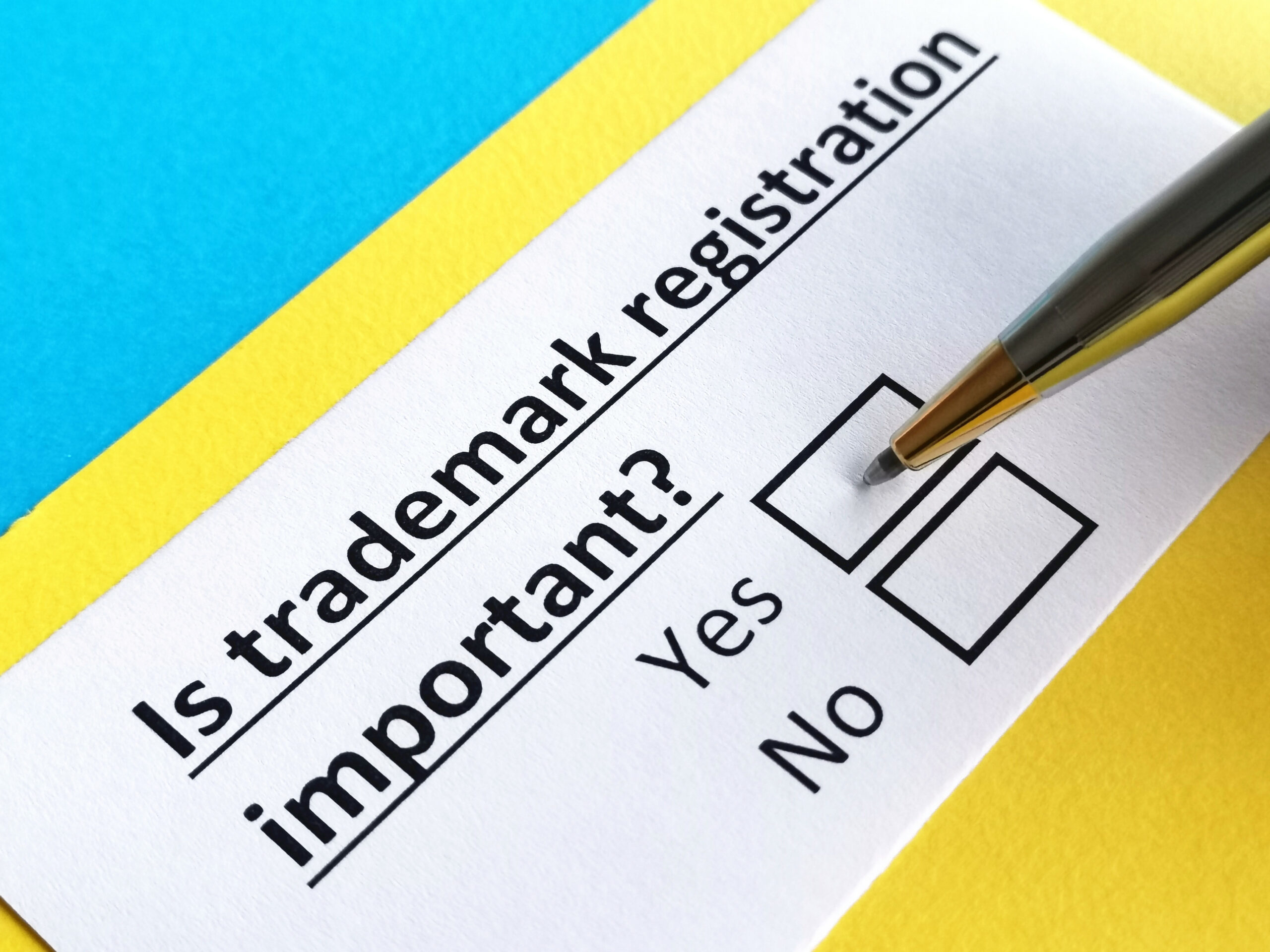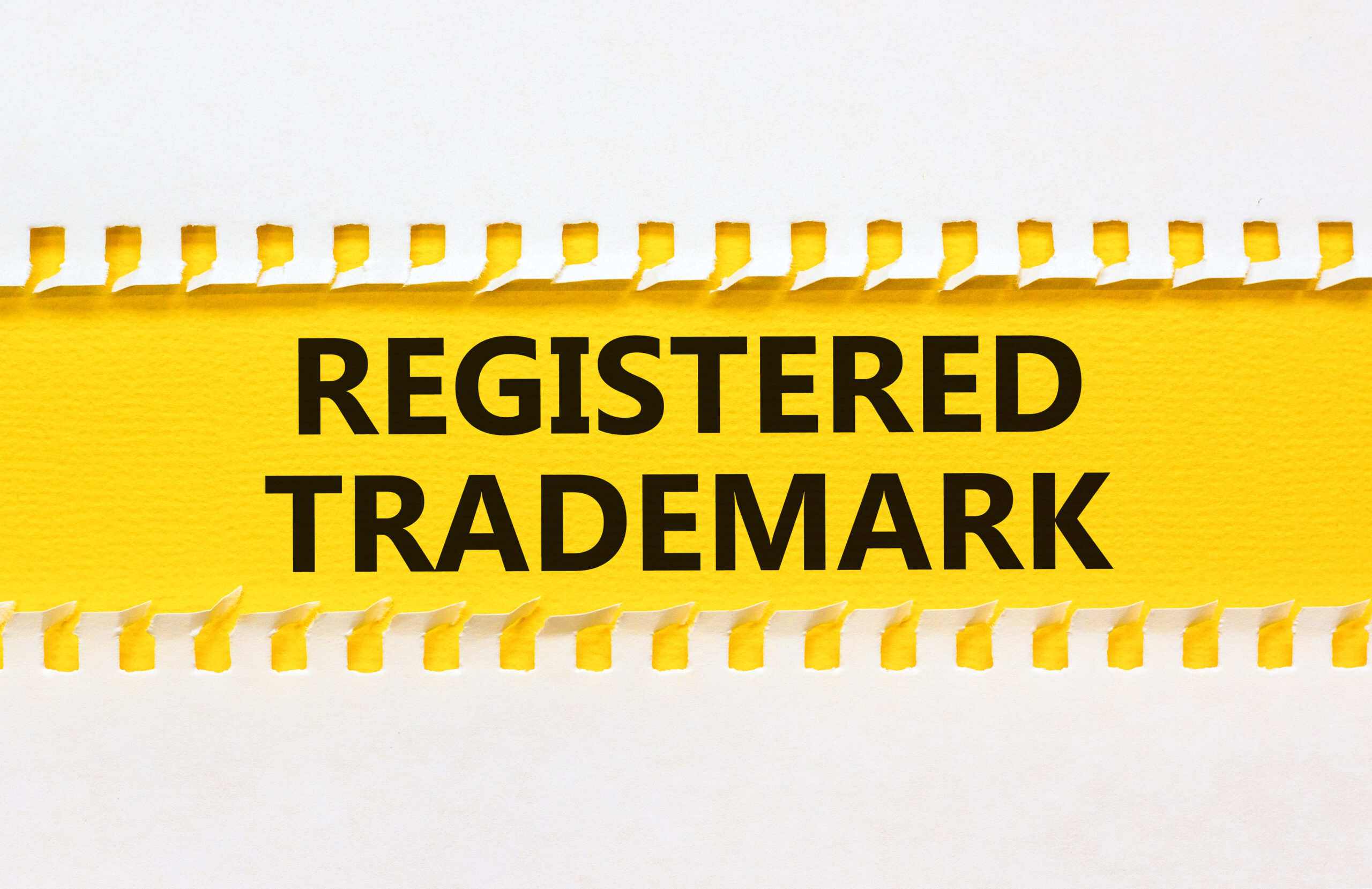Estate Planning Inventory.
Estate Planning Inventory and sometimes called an Estate Planning Checklist is an essential tool. Do you have an estate plan, which may include a trust, a will, a power of attorney, and healthcare directive? When was the last time you updated those documents? If you’ve attended to this important matter, you’ve taken a significant step toward protecting you and your family. But having those estate documents is only a start. There is more to be done. Next step– an Estate Planning Inventory.
Detailed Estate Planning Inventory.
Having a trust and the ancillary documents are often not enough. If you become incapacitated or pass away, will your loved ones know where to find your assets? Will they know where and how to access your accounts? Providing a detailed inventory of your assets is essential in helping your loved ones manage your legal and financial affairs effectively.
What Happens if There is No Inventory?
Like many other estate planning attorneys, I have received calls from distressed family members after their loved one has died. While they know a will or other document existed, they had no idea where to find it. They had an idea that bank accounts and life insurance policies existed but had no proof. They knew their loved one had real estate, rental property, or time shares, but again had no proof. Avoiding this problem is why having an inventory is important. It obviates the need for spending countless hours meticulously combing through the parent’s file cabinets, drawers, tax returns, mail, and online accounts to identify what the parent owned.
Even if you choose not to invest in having an estate plan, preparing an inventory of your property is a smart idea. In fact, assembling an inventory can be an excellent first step when it comes to later creating your estate plan. Having an inventory will make life easier for your loved ones or anyone dealing with your affairs after you pass.
How to Create an Estate Planning Checklist.
Creating an inventory of your assets doesn’t have to be complicated. That said, a checklist does require you to be thorough. You can create your estate planning inventory as a simple word processing document or even a handwritten list. Although because not everyone has legible handwriting, I’d encourage you to use your computer or some device where you can type. Some people create spreadsheets in software programs like Microsoft Excel, Numbers, or Google Sheets. There are also numerous online services that can help you create a thorough inventory of your property. Some of these services allow you to share your inventory with others at the time you create it. Don’t wait until you are sick, incapacitated, or on your death bed to do it. The key is to create the inventory and do it now.

Francine D. Ward
Attorney-At-Law, Author, Speaker
Follow Francine:
Don’t miss Francine’s Latest Blogs:
- What is a Habit?As we enter springtime, you may feel far away from your New Year’s resolution. That may be because of the success rate of NYE resolutions. In fact, January 17 is… Read more: What is a Habit?
- Common Contract MistakeCommon Contract Mistake #1. Not Having Written Agreements with EVERYONE You Do Business With. Common contract mistake. Without question, the most common contract mistake is not having the terms of… Read more: Common Contract Mistake
- AI and PatentsAI and Patents. Understanding Patent Law in the Age of AI. Patents, along with Copyrights, Trademarks, Trade Secrets, and Rights of Publicity, are one of the five areas of practice… Read more: AI and Patents
- Effective Goal SettingSetting Goals. It’s that time of year, time to plan for effective goal setting. A time when some of us start thinking about goals for the upcoming year. If you… Read more: Effective Goal Setting
- Indemnify AI UseBeware of companies that say they will indemnify AI use, that they will pay ALL the legal costs incurred by customers using Generative AI services (like ChatGPT, CoPilot, or Bard).… Read more: Indemnify AI Use


